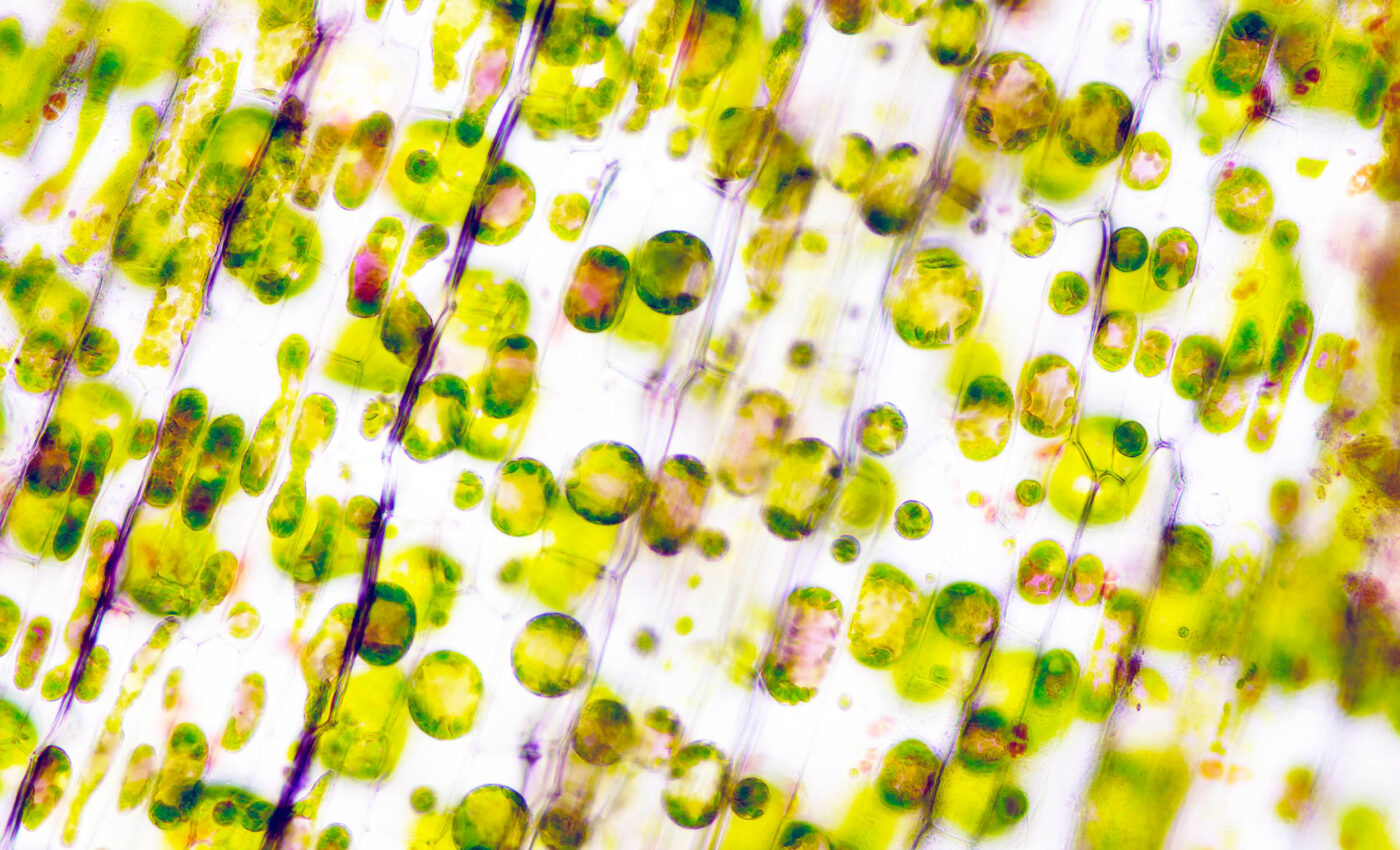
Plants have a sophisticated defense system when pathogens attack
In the ongoing battle against pathogens, plants have developed a sophisticated defense mechanism that activates almost instantaneously upon attack.
Central to this defense system is a flurry of small molecules known as secondary messengers, which traverse the cell membrane to kickstart the plant’s immune response.
This fundamental process, shared across the plant and animal kingdoms, including humans, hinges on the rapid activation and subsequent decline of a small molecule named phosphatidic acid (PA).
Frontline defense: How plants fight back
For years, the scientific community grappled with understanding what triggers the sudden increase in PA levels following a pathogen’s assault.
The mystery remained unsolved until recent research by a team from the University of Michigan pinpointed a tiny enzyme, DGK5, as the key player.
Their work, published in the journal Cell, identifies DGK5 as the catalyst for PA production and reveals the existence of two regulatory “switches” that control PA’s production cycle.
Lead author Libo Shan, a professor of molecular, cellular, and developmental biology at the University of Michigan, expressed the significance of their findings.
“The excitement of this study is that it not only fills in the gap and identifies the enzyme that drives the production of PA, it’s also that we uncovered two switches that control when the production of PA is turned on and when it is turned off,” Shan explained.
PA: The unsung hero of plant immunity
This discovery is pivotal for understanding how PA, a crucial secondary messenger in various human diseases, is regulated within cells, offering insights into maintaining cellular balance and combating diseases.
The study elucidates how two distinct enzymes, known as protein kinases, interact with DGK5 to modulate the immune response. One enzyme initiates the PA surge, while the other diminishes its production, thereby fine-tuning the plant’s defense mechanisms.
Shan’s journey to this discovery began nearly a decade ago, following her exploration of how immune receptors on cell surfaces detect pathogen infections and relay this information internally.
A collaboration with Teun Munnik, a professor at the University of Amsterdam, who attended one of Shan’s talks in 2012, proved instrumental. Munnik’s interest in PA production and Shan’s research on a specific protein kinase led to the identification of DGK5 as the enzyme responsible for the PA spike.
Arabidopsis: Tiny plant with big answers
To delve deeper into the pathway, Shan’s lab employed Arabidopsis, a small plant from the mustard family, whose self-pollinating nature ensures genetic consistency across generations. This allowed for the examination of mutants to understand different molecular pathways.
By silencing the DGK5 enzyme in these plants, the team was able to dissect the enzyme’s regulation by upstream protein kinases and its crucial role in PA production, ultimately aiding the plant in repelling pathogens.
Moreover, the research highlighted PA’s interaction with reactive oxygen species (ROS), molecules critical to plant immunity.
While ROS can be damaging in excess, they serve as a primary defense line against pathogens, through both signaling functions and direct pathogen destruction.
The team discovered that PA also plays a role in regulating ROS by stabilizing the enzyme responsible for its production.
Secrets of plant defense and immunity
Shan reflects on the significance of their findings, noting, “Our findings shed light on how this process modulates reactive oxygen species signaling, orchestrating two key branches of plant immunity. It’s a remarkable journey into the molecular intricacies of plant immune mechanisms.”
This exploration into the molecular dynamics of plant immunity not only broadens our understanding of how plants fend off invaders but also opens new avenues for research into lipids’ role in immune signaling and environmental stress responses.
In summary, the University of Michigan’s recent discovery illuminates the pivotal role of the enzyme DGK5 in activating plant immune responses.
This breakthrough identifies the long-sought-after trigger for the rapid production of phosphatidic acid following pathogen attack and reveals the regulatory mechanisms controlling this process.
By demonstrating how PA production is finely tuned by interactions with protein kinases and its critical role in managing reactive oxygen species, this research advances our understanding of plant immunity.
Furthermore, these findings hold promise for enhancing crop resilience and offer intriguing possibilities for new treatments in human diseases, marking a significant stride in the fields of plant biology and biomedicine.
The full study was published in the journal Cell.
—–
Like what you read? Subscribe to our newsletter for engaging articles, exclusive content, and the latest updates.
—–
Check us out on EarthSnap, a free app brought to you by Eric Ralls and Earth.com.
—–













